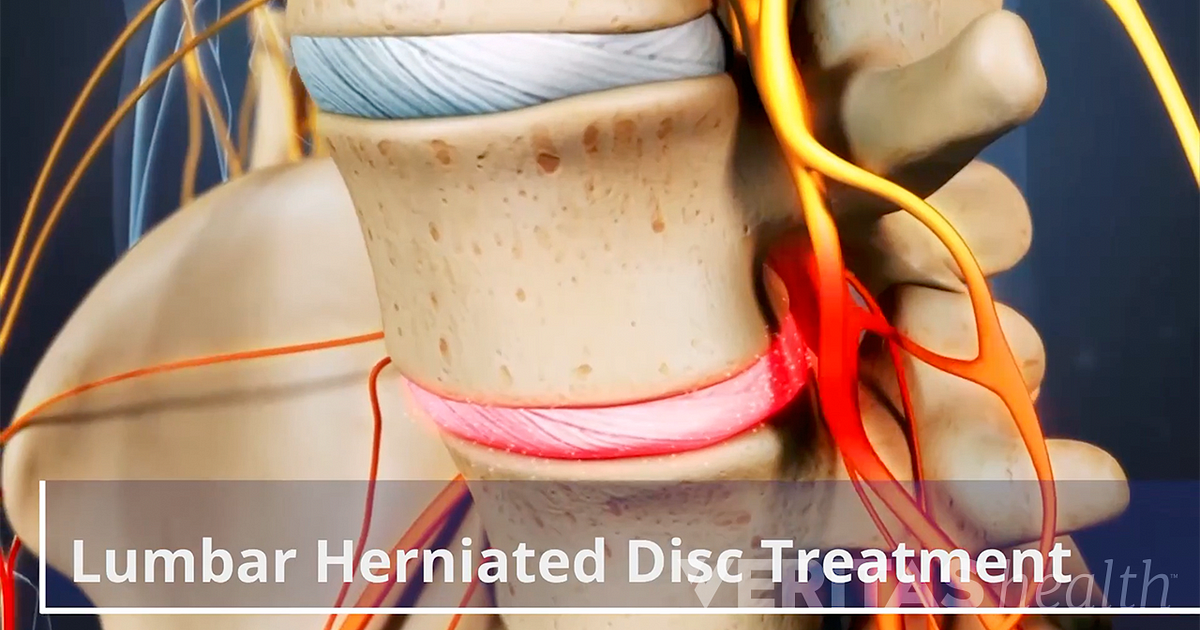In today's world, the process of managing pain has progressed far past the conventional reliance on pharmaceutical painkillers. While painkillers have their function, many individuals are now looking for non-traditional therapies to manage their pain more wholistically. Understanding the complexities of pain, such as its sharp and long-lasting forms, is vital in exploring a multitude of efficacious treatment options that can enhance quality of life.

This comprehensive guide aims to delve into the numerous options and therapies available for pain management. From the science behind why we feel pain to practical insights on therapies like physiotherapy, chiropracter services, and needle therapy, we will illuminate how these methods can work in conjunction with or independently from medications. By uncovering the leading therapies that genuinely deliver relief, we can help individuals make informed decisions on their pain management process and discover paths that promote healing without the over-reliance on drugs.
Comprehending Discomfort Management
Pain management is a comprehensive method to addressing and easing pain, intending to enhance a patient's quality of life. It includes a variety of approaches and interventions that address the underlying causes plus symptoms of pain. Understanding pain management commences with acknowledging that pain can manifest in multiple forms, such as short-term or long-lasting, each requiring tailored approaches. Acute pain is often temporary plus associated with injury or surgery, while chronic pain can persist for months or even years, resulting in considerable physical and emotional distress.
The various types of pain require specific management strategies. Effective pain management takes into account not just the physical dimension of pain as well as psychological, social, plus surrounding factors that play a role in a person's discomfort. Pain management clinics offer specialized services, including assessments and individualized plans that merge medical, physical, plus psychological interventions. These clinics have become essential centers in guiding patients through their pain management experience, offering support plus resources for different pain-related conditions.
In recent years, the science behind pain has developed, resulting to a deeper understanding of how we feel pain plus the mechanisms at play in pain perception. This knowledge enables the development of advanced therapies plus treatments that go beyond traditional medications. By investigating alternative therapies, patients can obtain effective pain relief without relying solely on opioids and other painkillers. Incorporating alternative options such as physical therapy, chiropractic care, acupuncture, and mindfulness can lead to multi-faceted pain management plans that meet the individual needs plus preferences of each individual.
Alternative Therapies for Pain Relief
Alternative treatments have gained popularity in recent years as effective ways to tackle discomfort without relying exclusively on medication. Methods such as acupunctural therapy, chiropractic care, and massage therapy offer holistic approaches to pain relief. Visit This Link , an ancient Chinese practice, centers on activating specific locations on the body to help increase endorphins and reduce pain. Chiropractic treatment highlights the relationship between the back and the nervous system, using adjustments to restore alignment and enhance overall performance. These therapies not only target physical symptoms but also promote a sense of wellness, making them important additions to pain relief strategies.
In addition to acupuncture and chiropractic treatment, bodywork has been shown helpful for many individuals suffering from discomfort. Through various techniques, such as deep-tissue or Swedish-style massage, therapists can help alleviate muscle tightness, boost circulation, and enhance relaxation. This, in return, contributes to reducing discomfort levels and increasing mobility. The benefits of bodywork are particularly notable in conditions such as chronic fatigue syndrome and chronic back pain, providing a gentle option for relief that complements traditional medical care.
Another complementary therapy gaining traction is the use of mindfulness and meditative practices. These methods focus on teaching the mind to control pain perception and reduce stress, which can intensify discomfort symptoms. Mindfulness-based stress reduction programs and led mindfulness meditation sessions have shown promising results in helping individuals manage chronic pain. By incorporating these alternative therapies into a holistic pain relief plan, people can experience a more balanced approach to relief that addresses both the body and emotional aspects of discomfort.
Holistic Strategies to Managing Pain
Integrated methods to pain management emphasize handling the entire individual as opposed to just the symptoms. These therapies address the physical, emotional, and spiritual aspects of an individual’s experience with discomfort. Practices such as mindful meditation, mind-body practices, and Chinese martial arts highlight relaxation and psychological health, which can greatly impact how pain is experienced and overall well-being. By incorporating these techniques into daily lifestyles, patients often discover they can handle discomfort more successfully while also lowering anxiety and stress.
Dietary choices plays a critical role in integrative pain management. Anti-inflammatory nutritional approaches that emphasize whole foods, lean proteins, fruits, and vegetables can help reduce swelling and, consequently, pain in the body. Foods loaded with omega-3 fatty acids, such as salmon and flaxseeds, along with antioxidant-loaded foods, can help reduce pain levels. Moreover, adequate fluid intake and the reduction of junk foods can support overall health, improving the body’s ability to cope with discomfort without medication.
Alternative treatments such as acupuncture, massage, and fragrance therapy are also acknowledged for their success in pain relief. Acupuncture engages specific areas on the body to promote natural restoration and homeostasis. The practice of massage can alleviate muscle tension and boost circulation, leading to reduced pain and calm. These therapies, alongside traditional approaches, create a integrated pain relief approach that addresses various facets of the experience of pain, ultimately resulting in enhanced well-being and daily functioning.
